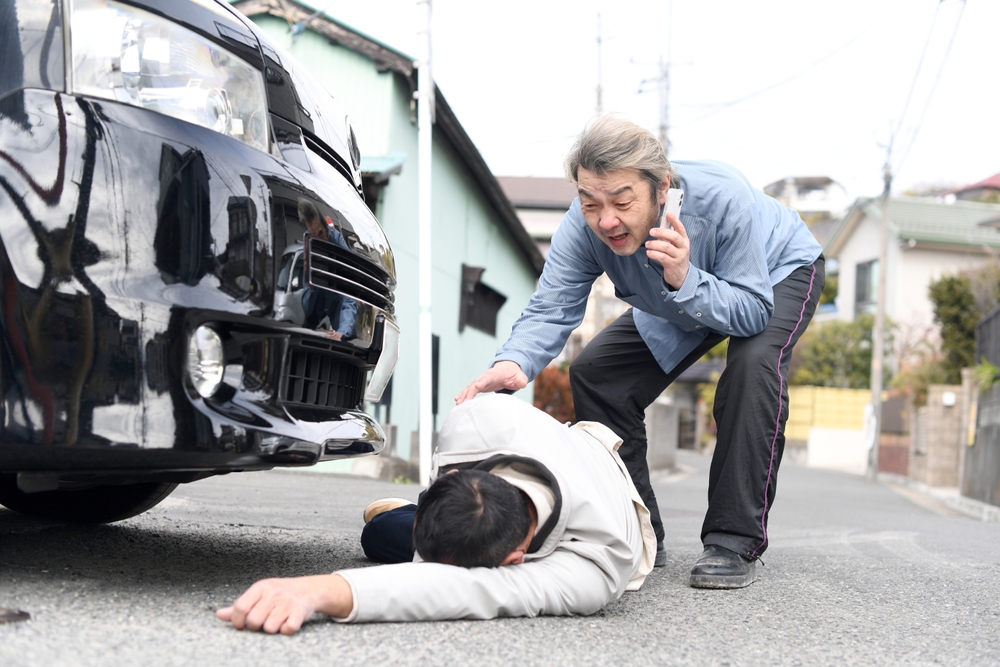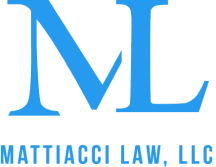
Author: John Mattiacci | Owner Mattiacci Law
Published September 21, 2025

Table of Contents
ToggleAfter a Pennsylvania pedestrian accident, you may be wondering: What damages can you recover in a pedestrian accident in Pennsylvania?
You can seek economic losses like medical bills and wages, non‑economic losses like pain and daily limitations, and, in rare cases, punitive damages when conduct was reckless or malicious.
Having recovered tens of millions for clients over decades of advocacy across PA and NJ, I’ve seen firsthand how every case is unique. For a complimentary, no-obligation review of your specific situation, contact an experienced Pennsylvania personal injury attorney at 215-914-6919. In this article, I’ll break down damage categories, the proof adjusters accept, and the steps that maximize your net recovery.
What Does Damages Mean in Pennsylvania
Damages are the money the law allows to make you whole after an injury. Economic damages include medical bills, therapy, equipment, and lost earnings. Non‑economic damages cover pain, loss of enjoyment, and everyday limitations. Punitive damages punish egregious conduct and are not available in most cases; they require proof of reckless or malicious behavior.
Why Understanding Damages Matters to Your Outcome
A fair settlement flows from clear proof. When bills are itemized, wages verified, and providers explain how injuries limit work and home life, negotiations move faster. Pennsylvania’s comparative negligence rule reduces recovery by your fault percentage up to 50 percent, so strong evidence on fault and impact both matter.
For background on partial fault, read Comparative negligence in Pennsylvania
How to Document Damages Step by Step
1. Request a complete itemized bill and ledger from every provider. Summaries alone miss crucial codes and costs.
2. Save all imaging and operative reports. These show the objective side of your injury beyond clinical notes.
3. Ask your doctors for brief letters that address causation, impairment, and work restrictions in plain language.
4. Track out‑of‑pocket costs like travel, braces, and home help. Small items add up and should be documented.
5. Get wage verification from your employer including overtime, tips, and PTO usage. Include job duty changes.
6. Keep a short, daily symptom log describing sleep, pain, and tasks you cannot do. This supports non‑economic losses.
7. Open UM or UIM claims if limits are low. Contract timelines can be shorter than the lawsuit deadline.
8. Avoid recorded statements until records are complete. Provide written facts first to keep details consistent.
9. Use comparable outcomes to set a demand range. Similar injuries and treatment arcs help avoid low anchors.
10. If needed, file suit before deadlines to preserve rights and increase negotiation seriousness.
What Compensation Sources Can Pay Your Damages
- At‑fault driver liability coverage for bodily injury when fault is clear and limits are adequate.
- Uninsured or underinsured motorist coverage on your household policy to bridge gaps when limits are small.
- Crime‑related programs in limited scenarios and health insurance or PIP for immediate medical needs where applicable.
Pennsylvania Specifics That Affect Valuation
Most injury suits must be filed within two years of the crash. Comparative negligence reduces your recovery by your fault percentage up to 50 percent. UM and UIM coverages may stack across vehicles or household policies, increasing available limits for serious injuries. Clean documentation and timely notice are essential to unlock these benefits.
See the deadlines and rules: 42 Pa.C.S. § 5524 two year limitation 42 Pa.C.S. § 7102 comparative negligence
For statewide safety context and risk factors often cited in negotiations, review NHTSA pedestrian safety
Insurer Pushbacks and Practical Counter Evidence
Common pushbacks include blaming prior injuries, calling imaging normal, or saying treatment was excessive. I counter with clear timelines, function testing, and concise provider opinions on necessity and prognosis. Pharmacy histories and therapy notes show consistency. Where causation is questioned, we align treating and specialist notes.
Documentation Doctors and Adjusters Accept
Strong files include ICD‑10 codes, CPT codes, operative notes, impairment ratings when appropriate, and itemized bills matched to the records. Employer statements confirm time off and reduced duties. When ledgers include unrelated charges, I remove them so the final number is defensible.
Timeline to Payout and Common Delays
Simple claims may resolve in nine to eighteen months depending on treatment and coverage. Delays come from missing records, disputed causation, and slow lien responses. I run a two‑week records schedule, seek short clarifying letters from providers, and negotiate liens early to protect your net recovery.
Decision Framework if the Offer Is Low
If liability is accepted but the number is light, we add medical detail, wage proof, and comparable outcomes. If liability is disputed, I file suit before the deadline and use subpoenas for video and phone data. When limits are small, we evaluate stacked UM and UIM, resident relative policies, and any additional sources of liability.
How Damages Categories Compare at a Glance
Use this quick table to see how economic, non‑economic, and punitive damages differ in purpose and proof.
| Damage Category | What It Covers | Proof Required |
|---|---|---|
| Economic Damages | Medical bills, therapy, medications, lost wages, and out-of-pocket costs | Itemized bills, ICD/CPT codes, employer wage statements, receipts, and ledgers |
| Non-Economic Damages | Pain, emotional distress, loss of enjoyment, and activity limitations | Daily symptom logs, provider letters, therapist notes, and impact on daily life |
| Punitive Damages | Punishment for reckless, malicious, or egregious conduct by the defendant | Clear proof of intent or extreme negligence; police reports and witness testimony |
| Future Economic Losses | Anticipated medical costs, ongoing care, and future income loss | Physician prognosis, functional limitations, and economic expert reports |
| Loss of Consortium | Impact on spouse or family relationships due to injury | Spousal statements, therapy records, and affidavits detailing relationship changes |
See Your Numbers Clearly and Build Real Leverage
Confusing bills and insurance letters can make recovery feel out of reach. In week one I send preservation letters, order the right records, and build a simple valuation plan that shows where your result can land. You’ll get weekly check‑ins and my direct number so questions never sit. We review your police report, medical plan, and coverage together and set a clean 30‑day roadmap. When an offer comes, I walk you through the math and the leverage points to improve it. No pressure—just useful steps that help you move forward. Start with Philadelphia personal injury attorney services or call 215-914-6919 for a free valuation review today.
Resources
- 42 Pa.C.S. § 5524 two year limitation
- 42 Pa.C.S. § 7102 comparative negligence
- NHTSA pedestrian safety
- PennDOT pedestrian safety
Further Reading
- Pennsylvania pedestrian laws
- How to obtain Pennsylvania accident reports
- Personal injury lawsuit process in Pennsylvania
- Comparative negligence in Pennsylvania
